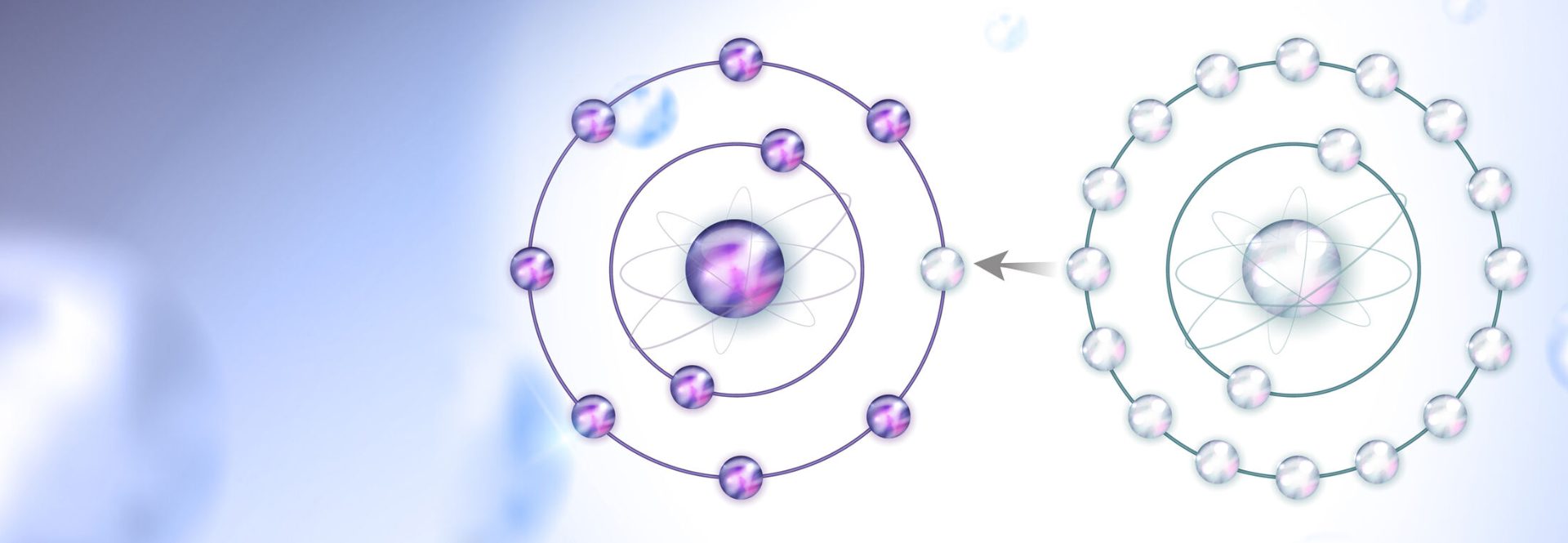

ROS Detection Herbal Medicine
The Antioxidant Efficacy of Qing Huo Yi Hao against Diabetes-related Oxidative Stress
Qing Huo Yi Hao (QHYH) is a commonly prescribed traditional Chinese medicine that supposedly provides “clearing heat and detoxifying” properties which are said to assist blood circulation. If effective, this therapeutic approach may also help alleviate the common symptoms of chronic conditions associated with inflammation, including heart disease and diabetes.
There is caution in the medical community to prescribe traditional therapeutics for the management of disease due to dubious claims that seem all too common in the dietary supplement industry. Clinical analysis of herbal preparations is essential for securing trust among physicians and patients and helping to improve the development of future therapies that may include plant components.
Reactive Oxygen Species
Reactive oxygen species (ROS) is a term that describes oxygen-derived free radical and non-radical species. While many ROS are produced via aerobic respiration and normal metabolic processes, ROS accumulation due to certain diseases-like diabetes-can lead to oxidative stress. This oxidative stress can damage cells and lead to other diseases, like cardiovascular disease. Hyperglycemia, a common symptom of type 2 diabetes, can cause ROS accumulation, particularly when the body has minimal antioxidant protection. Accumulation of ROS is a driving factor behind endothelial dysfunction in diabetes and hyperglycemia.
Herbal medicines like QHYH may contain valuable antioxidant potential, which may help reduce the risk for diabetes-associated oxidative stress. A recently published study analyzed the free radical scavenging ability of this preparation to help facilitate a more intelligent dialogue between natural medicine practitioners and conventional medical professionals.
Evaluating QHYH’s Free Radical Scavenging Ability
In the study by Qiong Xu et al, researchers examined the benefit, if any, of QHYH in diabetes. Specifically, the study aimed to evaluate QHYH’s free radical scavenging ability. Aqueous extracts of both QHYH and its individual components were produced. The components of this traditional medicine include:
- Artemisia capillaris
- Astragalus membranaceus
- Gardenia jasminoides
- Hirudo nipponica
- Ligusticum chuanxiong
- Pericarpium Citri
- Pteris multifida
- Pueraria lobata
The aqueous extracts of QHYH were added to a DMPO/OH• adduct generating system at varying concentrations. A Bruker X-band EPR spectrometer was used to detect free radicals in treated mouse cerebral cells also treated with high amounts of glucose.
The Fenton reaction system was used to generate OH• free radicals. Aqueous extracts of QHYH and its individual ingredients were added to the Fenton reaction system, the mixture was then inserted into a flat quartz cell. Then, researchers measured EPR spectra following the addition of Fe2+/DTPA after 5 minutes.
In a concentration-dependent manner, a significant decrease was noted in the DMPO/OH• adduct signals. Results indicated that the scavenging ability of QHYH was around 82.2%, significantly higher than the individual components.
Overall, the use of Chinese medicine in reducing free radicals associated with diabetes shouldn’t be discounted. QHYH, in particular, shows promise in vitro for combating high levels of free radicals associated with hyperglycemia, which may play a role in the prevention of endothelial dysfunction by protecting endothelial cells from oxidative stress.